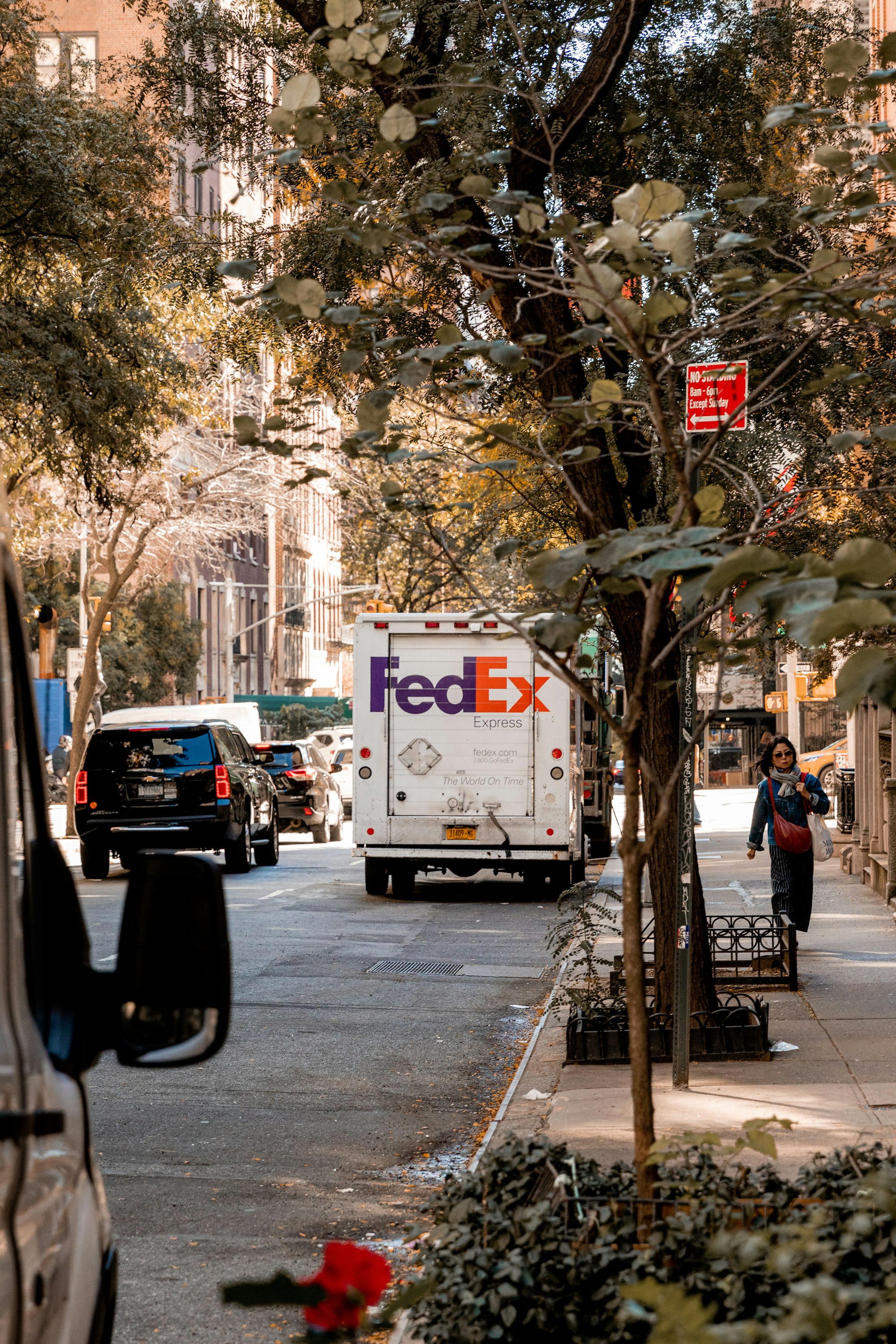
Fed's Independence
The Federal Reserve faced significant challenges following World War II. Initially, it maintained low interest rates on U.S. debt as part of its wartime economic policy.
Go Deeper (2 min read)China Shock 2.0
In an effort to boots its economic prospects, China is inundating global markets with inexpensive goods, marking a multitrillion-dollar continuation of the China shock that reverberated through global manufacturing over twenty years ago.
Go Deeper (2 min read)Deflation Is Also Sticky
Inflation in China has significantly decreased, sparking worries about potential deflation amidst signs of economic recovery driven by a manufacturing boom that's causing trade disputes internationally.
Go Deeper (2 min read)Inflation Is Sticky
Achieving a decisive victory over inflation is turning out to be more elusive than previously anticipated, presenting a significant challenge for central banks worldwide and casting doubt among markets.
Go Deeper (2 min read)Office Real Estate Hasn't Collapsed
Owners of office buildings have been facing tough times since the Covid-19 pandemic began emptying their properties in early 2020.
Go Deeper (3 min read)More from Markets

European Dystopia 2.0
Facing mounting pressures, the European Union is currently reassessing its ambitious strategy to significantly reduce greenhouse gas emissions.
Go Deeper (3 min read)
Consumers Are More Optimistic
The overall outlook of Americans on the economy has seen a substantial improvement recently.
Go Deeper (3 min read)
Investing For The Next 10 Years
The narrative surrounding the end of globalization in the wake of COVID-19, particularly concerning China, seems to be more of a misconception than a reality.
Go Deeper (4 min read)
Mortgages Are Easing
Over the past two years, a major factor that had been driving mortgage rates upwards is now contributing to their decrease.
Go Deeper (2 min read)
India Pushes Ahead
India has been outshining other leading global economies, primarily due to the robust performance of its service and industrial sectors, despite challenges in agriculture caused by inadequate rainfall.
Go Deeper (3 min read)
Is The Canary Suffocating?
FedEx's shares plummeted by 12% after the company reported disappointing results and outlook, leading to a series of price-target reductions by Wall Street analysts, which contributed to a late-day sell-off in the broader market.
Go Deeper (2 min read)







